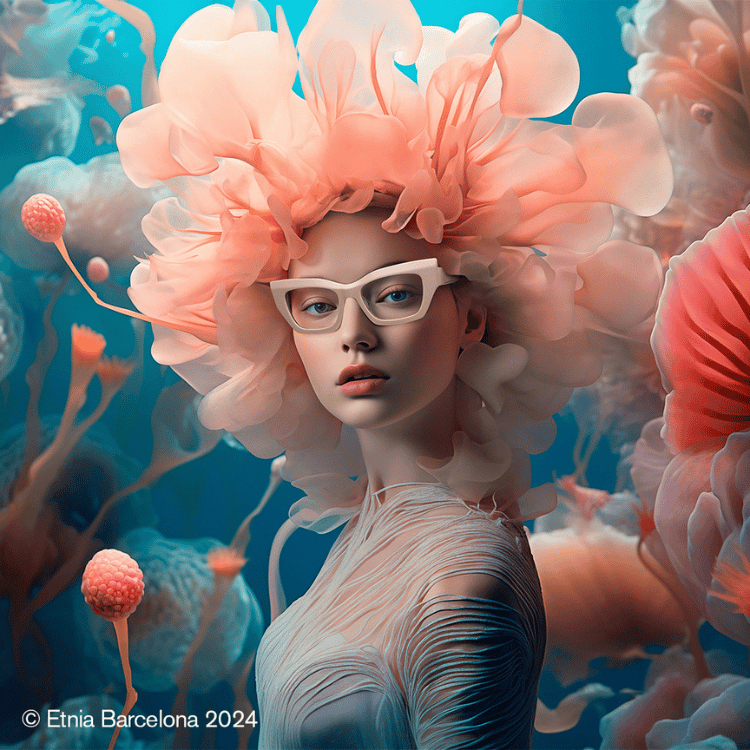WHAT IS THE LEAST COMMON EYE COLOUR?

Eye colour is often one of the first things we notice when we meet someone new. The iris is the part of the eye that is coloured, and its function is to create the pupil and regulate the amount of light entering our eyes.
Thousands of years ago, the only eye colour that existed in the earliest humans was brown. Over time, genetic variants developed leading to lighter eye colours such as blue, green, grey, and hazel.
The level of melanin (a substance that produces pigment or colouration) as well as the thickness of the iris both affect eye colour. Melanin blocks light, ensuring that less sunlight enters the eye, protecting it from diseases like cataracts and macular degeneration. There is a higher amount of melanin in darker coloured eyes, and it’s thought that the lighter eye colours evolved over time as our human ancestors migrated to more Northern climates where the level of UV light was lower and less likely to cause damage to vision.
Here are how the various eye colours rank in frequency worldwide, from most to least common:
Brown – (79%)
Blue – (14%)
Hazel – (5%)
Green – (2%)
So, those of you with green eyes are in rare company!
Remember that everyone needs to ensure their eyes (no matter what colour) are protected from the damaging rays of the sun, so please wear your sunglasses.
Source: https://www.readersdigest.ca/health/healthy-living/rarest-eye-colour-in-the-world/










